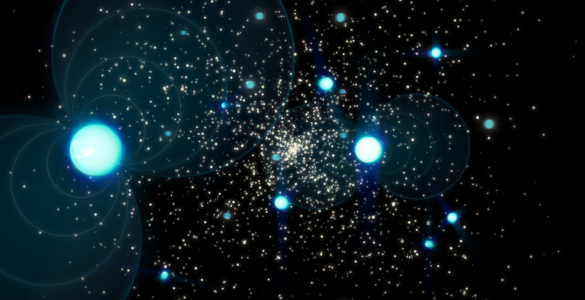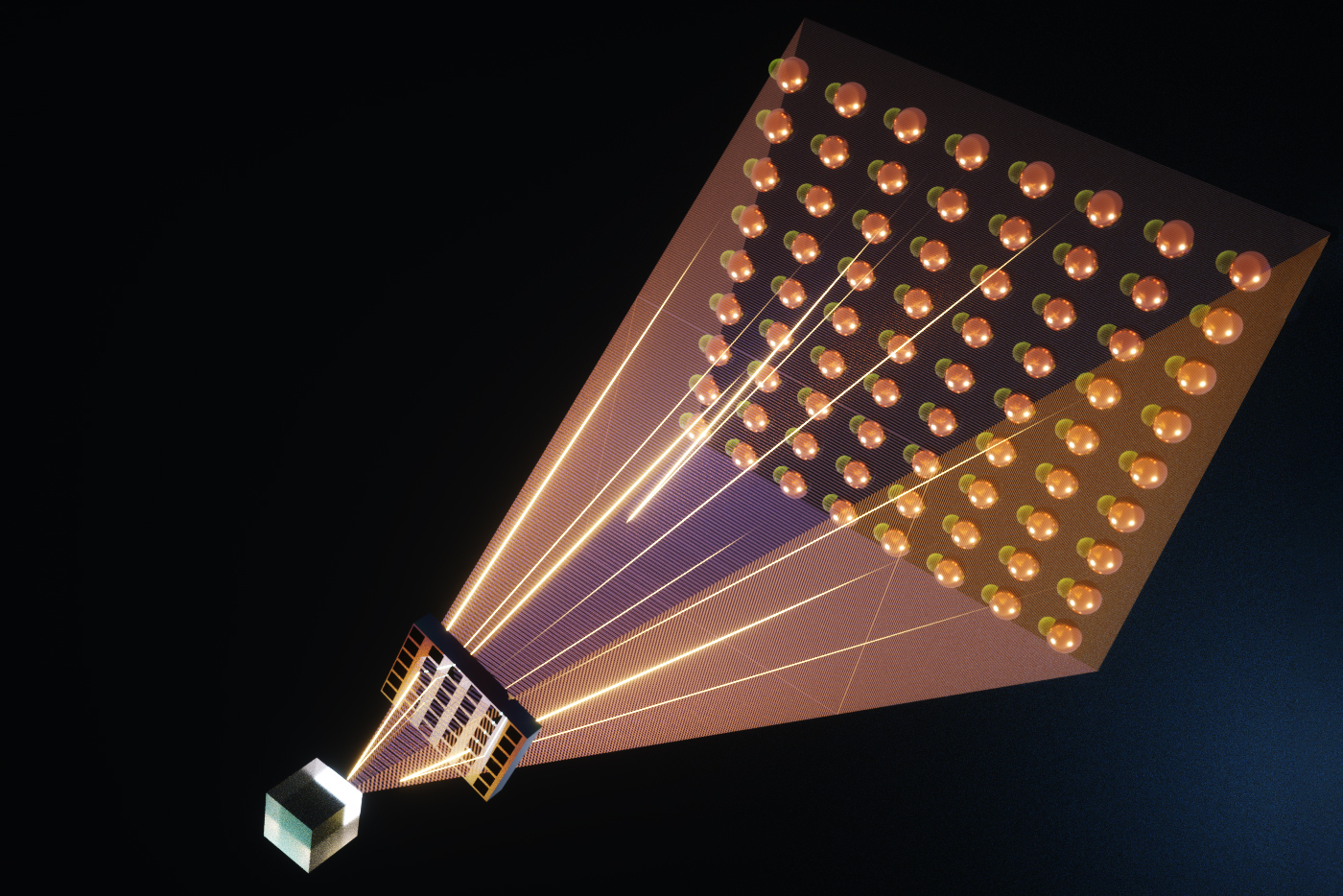A Mayo Clinic foi mais uma vez nomeada como o melhor hospital dos Estados Unidos segundo o ranking da U.S. News & World Report 2024-2025 "Melhores Hospitais", que foi divulgado hoje. A Mayo Clinic continua sendo a melhor classificada no quesito de mais especialidades do que qualquer outro hospital, e a Mayo Clinic de Rochester e do Arizona foram novamente reconhecidas no Quadro de Honra. A U.S. News continua classificando os hospitais de forma numerica dentro dos estados, e, novamente, a Mayo Clinic ocupa o primeiro lugar no ranking estadual da U.S. News em Minnesota, Arizona e Florida.
Latest News
Mayo Clinic vuelve a alcanzar las primeras posiciones en el ranking de la U.S. News y continua transformando la atencion medica de las personas en todas partes
Mayo Clinic fue nuevamente nombrada como el mejor hospital de los Estados Unidos segun el ranking de la U.S. News & World Report 2024-2025 "Mejores Hospitales", divulgado hoy. Mayo Clinic sigue siendo la mejor clasificada en mas especialidades que cualquier otro hospital, y Mayo Clinic de Rochester y Arizona han sido nuevamente reconocidas en el Cuadro de Honor. La U.S. News continua clasificando los hospitales numericamente dentro de los estados, y nuevamente, Mayo Clinic ocupa el primer lugar en el ranking estatal de la U.S. News en Minnesota, Arizona y Florida.
?Estresado por el tiempo de pantalla de su hijo? Esto es lo que recomienda un experto de Mayo Clinic
Es natural que padres y cuidadores se preocupen por el tiempo de pantalla que reciben sus hijos, especialmente cuando las pantallas digitales estan en todas partes, incluso en las escuelas. La Dra. Nusheen Ameenuddin, pediatra de Mayo Clinic en Rochester, Minnesota, comparte algunas recomendaciones para facilitar el manejo del uso de la tecnologia por parte de las familias.
Mayo Clinic again earns top positions in U.S. News rankings, continues to transform healthcare for people everywhere
Mayo Clinic has once again been named a best hospital in the United States in U.S. News & World Report's 2024-2025 "Best Hospitals" rankings, which were released today.
Mayo Clinic ranked No. 1 hospital in Florida by U.S. News & World Report, makes leap in national rankings
Mayo Clinic is again ranked the No. 1 hospital in Florida and the Jacksonville metro area in U.S. News & World Report's "Best Hospitals" 2024-2025 rankings. Mayo Clinic in Florida has ranked No. 1 in the state of Florida for eight of the past nine years.
Rice experts available to discuss variety of Olympic-related topics on 2024 Paris Games
Experts from are available to discuss Olympic-related topics with the media.
Telescope Tag-Team Discovers Galactic Cluster’s Bizarre Secrets
Towards the center of our Milky Way Galaxy, in the constellation Sagittarius, astronomers have discovered 10 monstrous neutron stars. These particular stars, called pulsars, reside together in globular cluster Terzan 5, a crowded home for hundreds of thousands of different types of stars. Pulsars are millions (or even billions) of times more dense than other stars and rotate rapidly, emitting bright pulses of light from their strong magnetic fields, making them a beacon for astronomers to find. In one of the most jam-packed places in our Milky Way, many pulsars in Terzan 5 have evolved into bizarre and eccentric forms.
Astronomers already knew that 39 pulsars call Terzan 5 home. With the teamwork of the U.S. National Science Foundation Green Bank Telescope (NSF GBT) and the South African Radio Astronomy Observatory’s MeerKAT Telescope, ten more have been added to the count. “It’s very unusual to find exotic new pulsars. But what’s really exciting is the wide variety of such weirdos in a single cluster,” shared Scott Ransom, a scientist with the U.S. National Science Foundation National Radio Astronomy Observatory (NSF NRAO). The discoveries were made by an international team of astronomers from NSF NRAO, the Max Planck Institute for Gravitational Physics (Albert Einstein Institute) (AEI), and the Max Planck Institute for Radio Astronomy.
The Meerkat Telescope was able to determine the rough location of each pulsar by tracking and timing how quickly they rotate, matched against twenty years of Terzan 5 observations taken by the NSF GBT, which revealed the bizarre and eccentric details of these stars. “Without the NSF Green Bank Telescope’s archive, we wouldn’t have been able to characterize these pulsars and understand their astrophysics,” adds Ransom. The archival NSF GBT data allowed astronomers to pinpoint the pulsars’ position on the sky, measure their specific movements, and see how their orbits changed over time.
Among the discoveries, astronomers saw two likely neutron stars pulled into each other’s orbit as a binary system. Out of 3,600 known pulsars in the Galaxy, only 20 have been identified as double neutron-star binaries. When pulsars pair off in binaries, the gravitational pull from one to the other can steal material and energy, causing one to spin even faster, becoming a millisecond pulsar. This pair could be a record breaker, with a new contender for fastest spinning pulsar in a double neutron-star system, and the longest orbit of its kind. The current record holder for fastest spinning pulsar already resides in Terzan 5. Only future observations will reveal the truth.
Astronomers also observed three new rare pulsar “spider” binary systems (in addition to five already known in the cluster) called Redbacks or Black Widows, depending on the types of companion stars that they have. A companion star falls into the orbit of a spider pulsar, where a web of plasma fills the space between the two (caused by outflows from the companion star due to the pulsar’s energy) slowly dissolving the companion over time.
The discovery of these strange pulsars allows scientists to better understand globular clusters, neutron stars, and even test Einstein’s theory of general relativity, along with expanding what is known about pulsar categories. The research team is already making plans to find even more in Terzan 5, with the support of volunteers. Citizen scientists who’d like to share in the excitement of this discovery can help at Einstein@Home. This project, led by scientists at AEI, has already discovered more than 90 new neutron stars.
The Green Bank Observatory, home of the GBT, and the National Radio Astronomy Observatory are major facilities of the U.S. National Science Foundation and are operated by Associated Universities, Inc.
This research was shared in the journal Astronomy & Astrophysics.
Read more at the Max Planck Institute for Gravitational Physics (Albert Einstein Institute.)
Read more at the Max Planck Institute for Radio Astronomy.
###
Media contacts:
Jill Malusky, NRAO & GBO News & Public Information Manager jmalusky@nrao.edu
Benjamin Knispel, Max Planck Institute for Gravitational Physics (Albert Einstein Institute) benjamin.knispel@aei.mpg.de
The post Telescope Tag-Team Discovers Galactic Cluster’s Bizarre Secrets appeared first on National Radio Astronomy Observatory.
How to assess a general-purpose AI model’s reliability before it’s deployed
A new technique enables users to compare several large models and choose the one that works best for their task.
AI method radically speeds predictions of materials’ thermal properties
The approach could help engineers design more efficient energy-conversion systems and faster microelectronic devices, reducing waste heat.







